National Cycle Route 20
The River Wandle, Morden Park
37km Wandsworth to Redhill
There are four traffic-free cycle trails out of London, all of them lovely, but fairest of them all is the Route 20 which connects the Thames with the North Downs. It’s a perfect blend of riverside riding, downland hills and views, with a little history along the way. The route, as with all Sustrans’ routes, uses a mix of traffic-free trails, park paths, firm bridelways and quiet backroads. In summer this richly green ride is a joy, especially in mid-summer when the lavender is in full flower at Mayfield Lavender, and makes for a dreamy day out of London. All seasons have their beauteous turn, and the route is lovely at any time of year.
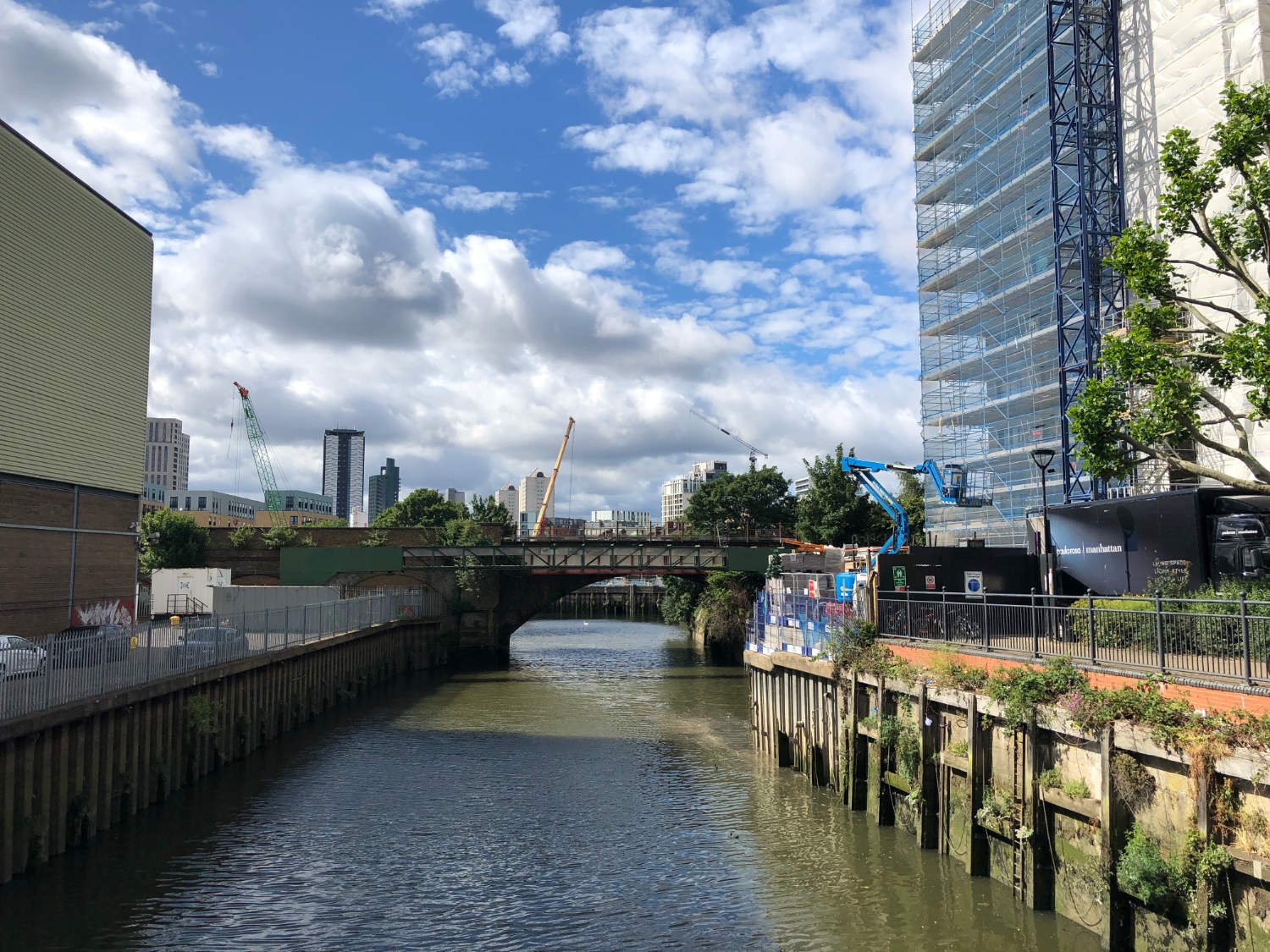


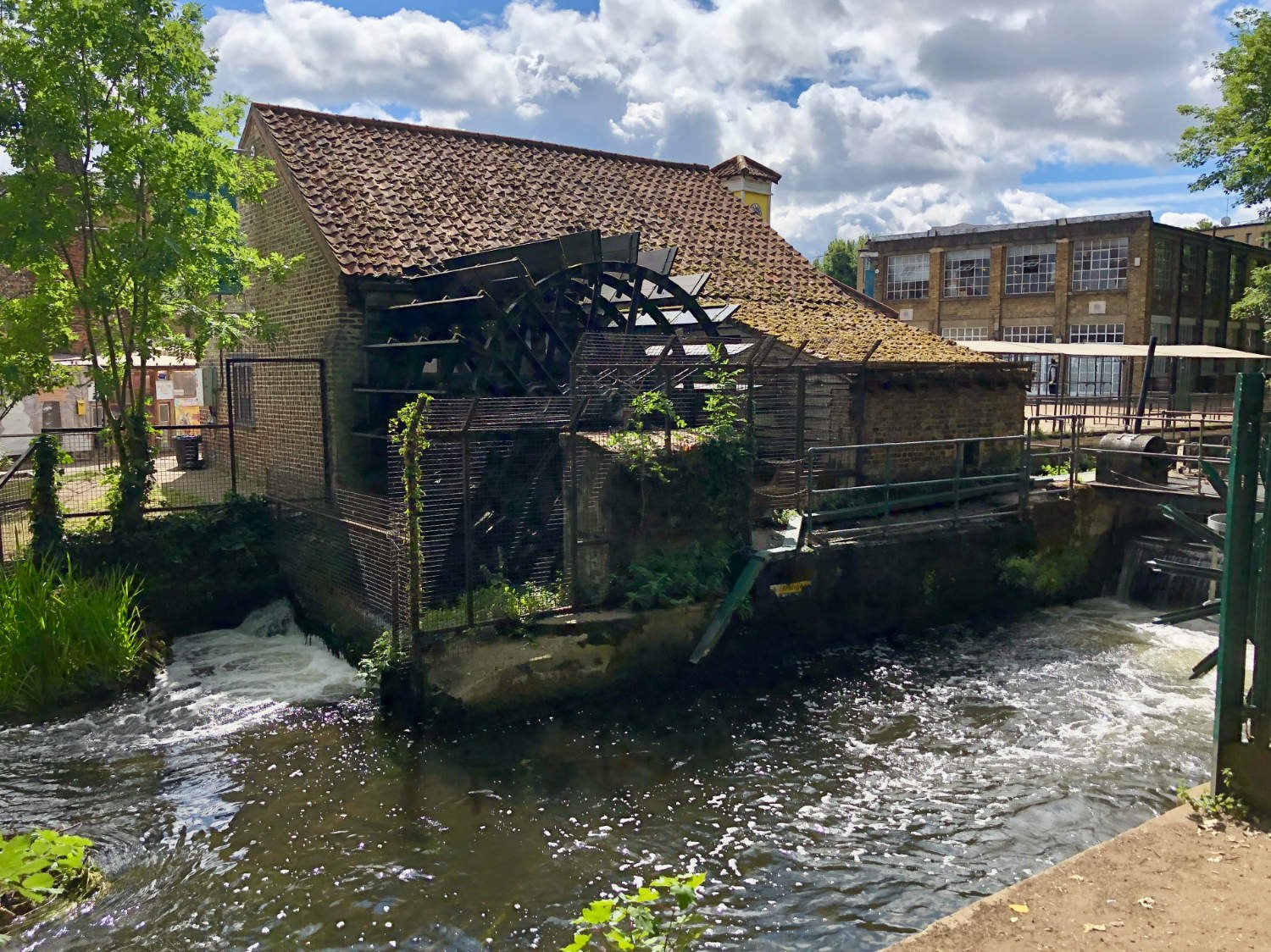
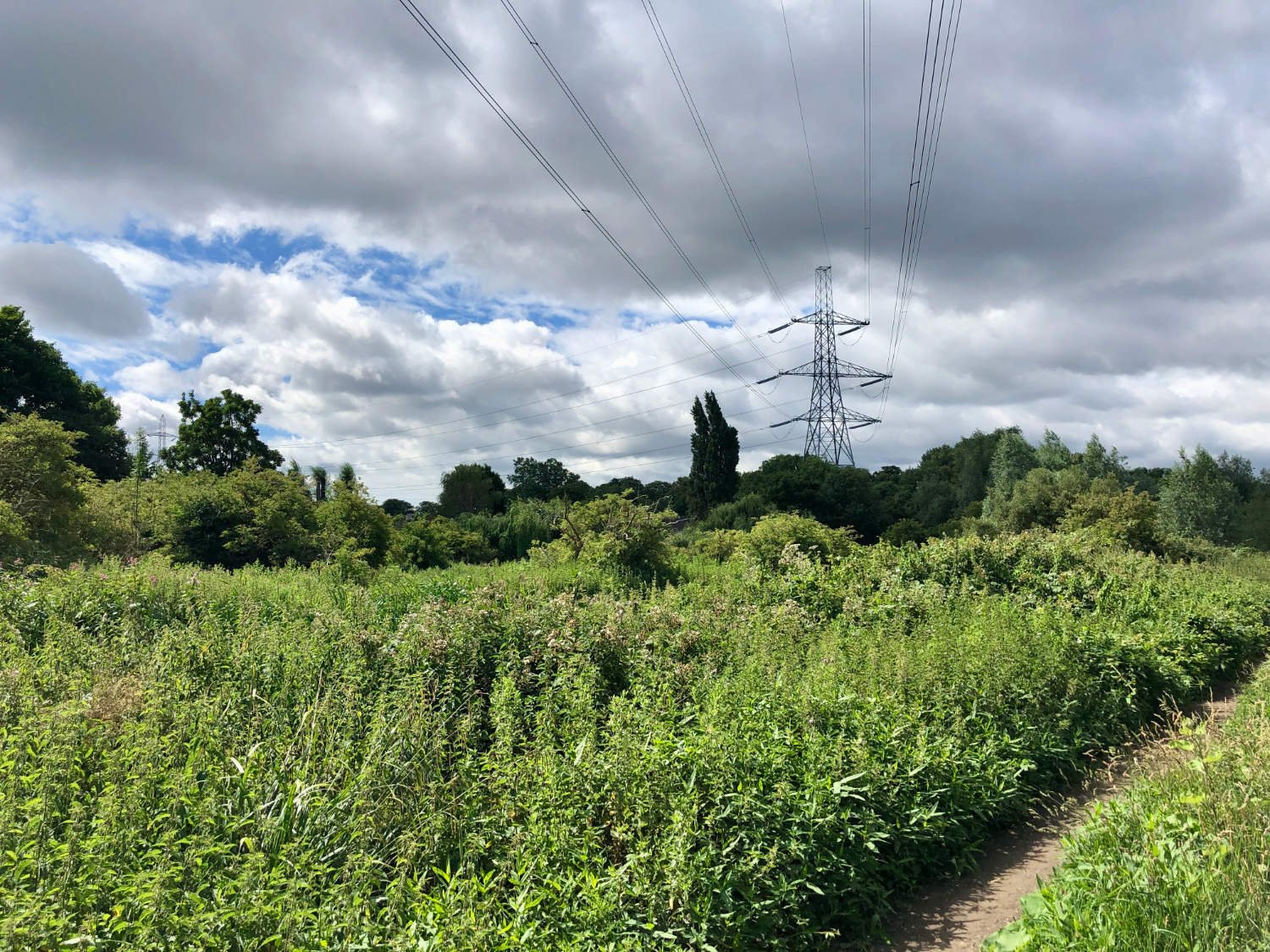
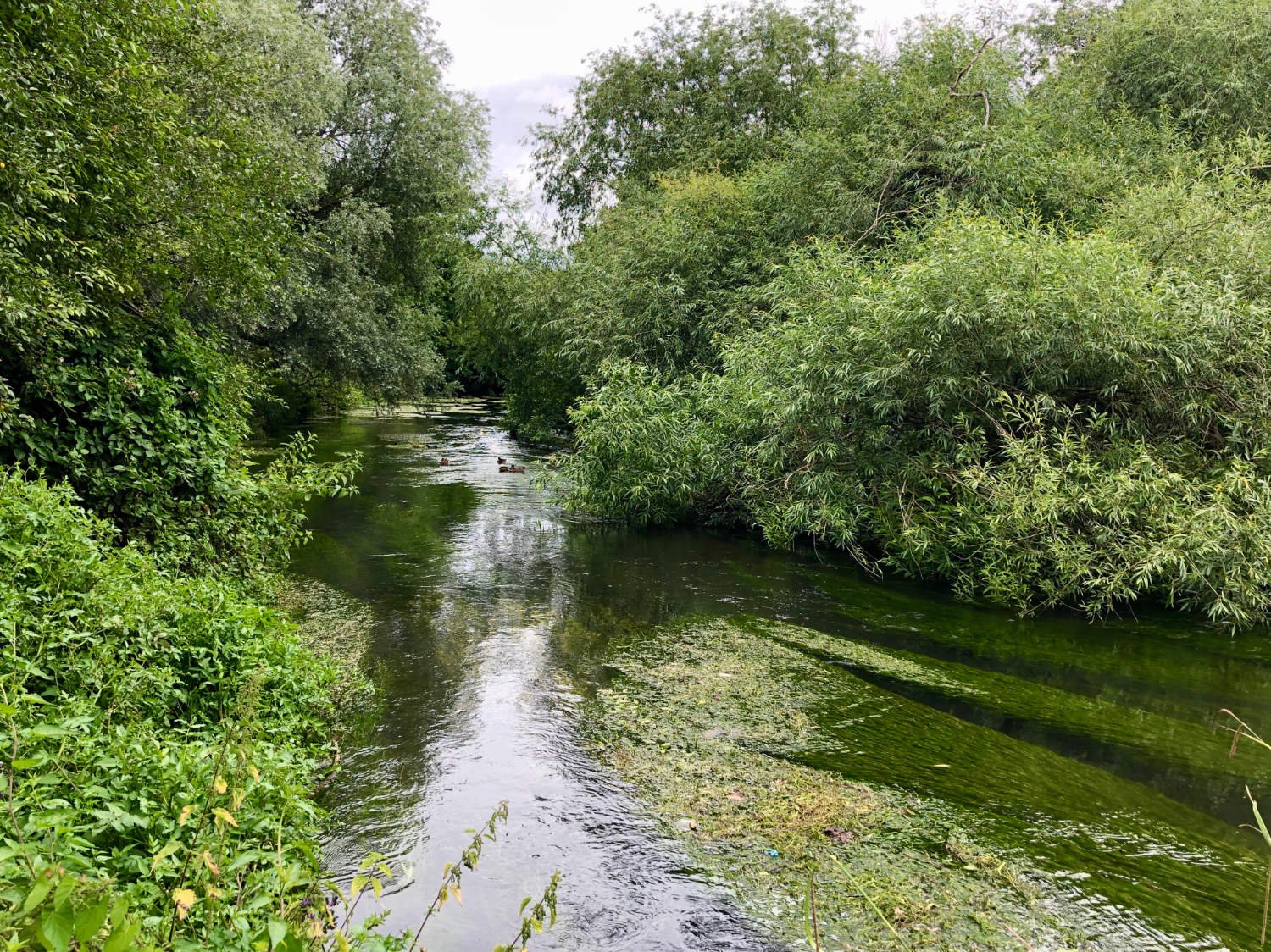

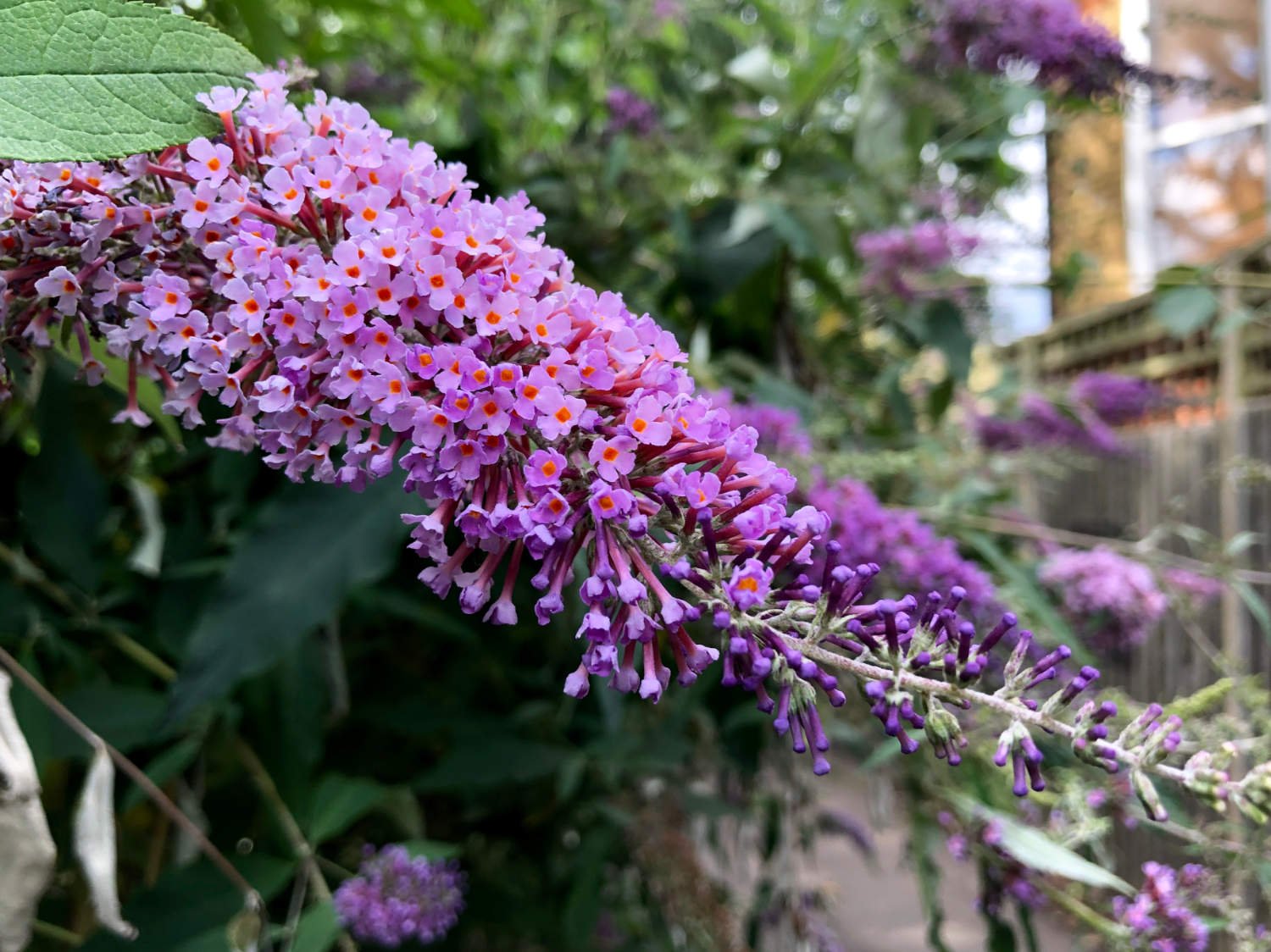





Ride practicalities
START/FINISH: Wandsworth/Redhill DISTANCE: 37km TOTAL ASCENT: 356m TERRAIN AND SURFACES: Mixed surfaces including firm river-side paths, bridleways and cycle tracks all of which are very rideable even after months of rain, other than the approach to Redhill, quiet suburban roads FOOD: Morden; Morden Hall (NT), Coulsdon; The Grumpy Goose PUBLIC TRANSPORT: Regular trains from Waterloo to Putney or Wandsworth Town take you to the start of ride. Along the route Carshalton, Coulsdon, Caterham have regular trains to London, as does East Grinstead, LINKS TO OTHER RIDES: NCN 21 London to East Grinstead, The River Wandle Cycle Trail, The Waterlink and Wandle gravel ride
Ride Notes
Accessing the start of Route 20 is straightforward with the easiest link from Wandsworth Town.
William J J C Bond (1833- 1926) Picture courtesy of Canal Forum
Ride Notes
Despite William Bond’s painterly imagination, the river Wandle has never been truly rural since Roman times. Its fast flowing water has powered many a mill and in its mid-nineteenth century industrial heyday, it was the the world’s centre of snuff and textile printing. Wandsworth Wharf, where the ride begins, was until the mid-twentieth century, a coal depot and gas works. There was also a distillery. Now it’s the turn of housing and a sequence of aesthetically poor high-rise developments have erupted like pustules on the riverside. In an attempt to make the area attractive for developers, the Council commissioned Sophie Horton to create a sculpture at the confluence with the Thames. Her triangular piece of steel has been added to by graffiti artists.
Wandsworth Wharf
The first few turns of the pedals takes you past remnants of industry, over a short section of Victorian cobbles and past the Ram Brewery, the oldest in London. It’s probably too early to stop for a pint, so continue riding along the High Street where the cycle lane is irregularly segregated. Until Earlsfield, the cycle path follows the Wandle beside playing fields, through small woods, and housing. Industry can sometimes be heard from behind fences. Buddleia, nettles, elders, poplars and willows begin their processional lining of the route. At Earlsfield itself, there is an unpleasant 200 metres of busy road to negotiate but this is the only ‘nasty’ on the whole route. Walk on the pavement for this stretch if you wish.
It is hard to credit as you ride through fecund vegetation, passing hunched up herons waiting for one of the nine species of fish said to live in the river, that until the mid-twentieth century, it had been declared biologically dead. The Wandle was said to be ‘London’s hardest working river’ and its banks were lined with industries and mills. The Huguenots were the first to set up textile mills after their expulsion from France in 1685, but other industries including brewing had lined the banks since Roman times.
One of England’s most influential monasteries was at Merton - you ride through an arch, its last remaining fragment. The first ever Parliaments took place there, King Henry VI was crowned there., whilst Thomas Becket and Walter de Merton (founder of Merton College, Oxford) both studied at the abbey. Today, the new cult of shopping has replaced the older forms of religion.
Morden Hall
Morden Hall and the adjoining mill and park was the centre of the world’s snuff making. Gilliat Hatfeild, a tabacco industrialist who ran the mill and lived in the big house, created a classic English park; meadows, avenues of trees and understated gardens. It is a delightful place to ride through.
Mayfield Lavender
As you ride out of Greater London and into Surrey, there are more water meadows, river views, herons and other wildlife to enjoy as you ride southwards. At Carshalton, there is a confusing junction, but essentially head straight across the road and ride up the hill for another short stretch of shared road. The climb takes you up to the market gardens which until the First World War was the world centre of lavender and herbal oil production. Today, the industry continues with fields of rosemary and lavender. For an intense visual and olfactory experience, come in mid-summer and wander through the lines of lavandula Grosso and Folgate.
St. Peter and St. Paul, Chaldon
There’s another hill to ride up after The Oaks park, followed by a firm bridlepath and a good road through housing to Coulsdon, where a half way stop at the Grumpy Goose may re-charge your energy levels. You’ll need the energy, for once out of Coulsdon, you ride to the crest of the North Downs. Farthing Down with its views across to distant London and down the idyllic Happy Valley were as much appreciated by Bronze Age peoples as they are today. But the crowning glory is at the head of the Downs, inside Chaldon Church.
The Doom Painting, Chaldon
Anyone who has studied KS3 History, will be familiar with the Doom Painting that is inside Chaldon Church. The graphic depiction of Hell was to ensure that the illiterate members of the congregation were quite clear about what lay in store for them should they stray from the Church’s teaching. Traders, it warned, who cheated their customers were made to walk a spiked plank, money lenders had their genitals burnt, murderers were boiled alive. For eternity. It’s as frightening as it is comical.
The descent off the downs is steep, so ride with due caution. Once at the foot of the hill, there are woods to ride through on a quiet-ish road with their centuries-old yews and oaks. Then there is the M25 to cross. Few things give a sense of utter freedom and joy when riding a bike, than seeing a motorway jammed with stationary traffic. Wave, as you ride on the bridge to all those frustrated and fuming inside their cars and vans, as you make your progress towards Redhill.
Sibelco Quarry
Redhill sands are perfect for glass making and have been extracted for over seventy years. The sands are also used in the aggregate industry. Old quarry sites become ideal nature reserves, with their open water, banks and re-natured surrounds. It’s a strange area - combining both pre, present and post industry. With the humming of the M25 nearby, and the music of the many birds using the ponds and lakes, it is a curious piece of land.
The path to Redhill after heavy rain
Until a few years ago, NCN 20 went all the way to Brighton but the increase of traffic and the unpleasant stretch beside the A23, has meant that the route now ends where it joins the NCN 21 on a bridge over the M25. Rather than finish the signed Route 20 on a bridge over Europe’s busiest motorway, take the NCN 21 signs for Redhill. Be aware that after heavy rain, there is a two hundred metre section of muddy, if not waterlogged, stretch of path. Choose an easy gear and smile like a child would as you splash your way through it, before arriving shortly afterwards in the warmth of Redhill.
All the details given on this route are given in good faith. However, situations on the ground can change, so if you know of any access issues, closures, or have any thoughts and feedback on the route, please include them in the comments section below.
If you enjoyed reading, or even riding this route, why not subscribe so that you don’t miss out on any other mixed surface adventure rides in the London, UK and Europe?









